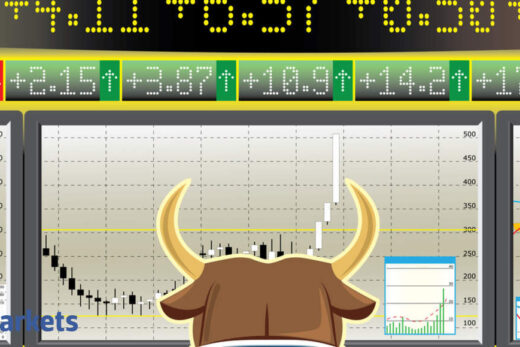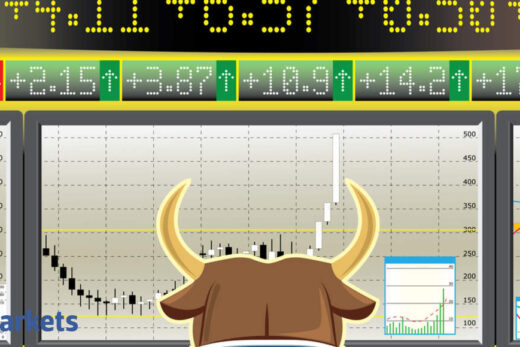Brent crude was up 88 cents, or 1.4%, at $63.31 a barrel at 1320 GMT, after climbing to a session high of $63.76, the highest since Jan. 22, 2020.
US West Texas Intermediate (WTI) crude futures gained $1.14, or 2%, to $60.61 a barrel. It touched $60.95 – its highest since Jan. 8 last year, earlier in the session.
Oil prices gained around 5% last week.
Prices have rallied over recent weeks as supplies tighten, due largely to production cuts from the Organization of the Petroleum Exporting Countries (OPEC) and allied producers in the group OPEC+.
Russian Deputy Prime Minister Alexander Novak said the global oil market is on a recovery path and the oil price this year could average $45-$60 per barrel.
“We’ve seen low volatility in the past few months. This means the market is balanced and the prices we are seeing today are in line with the market situation,” Novak was quoted as saying.
Meanwhile US President Joe Biden pushed for the first major legislative achievement of his term on Friday, turning to a bipartisan group of local officials for help on his $1.9 trillion coronavirus relief plan.
“The long-awaited $1.9 trillion package has not been passed. As the latest US job data hints at struggling labour market the relief package cannot come soon enough for some,” said Tamas Varga, oil analyst at London brokerage PVM Oil Associates.
“The stimulus will likely be approved in some shape or form”, he added.
In a move which could further tighten supply, workers will decide on Monday whether to strike this week at Norway’s largest oil loading terminal, action that could disrupt production at fields responsible for a third of the country’s crude output.



